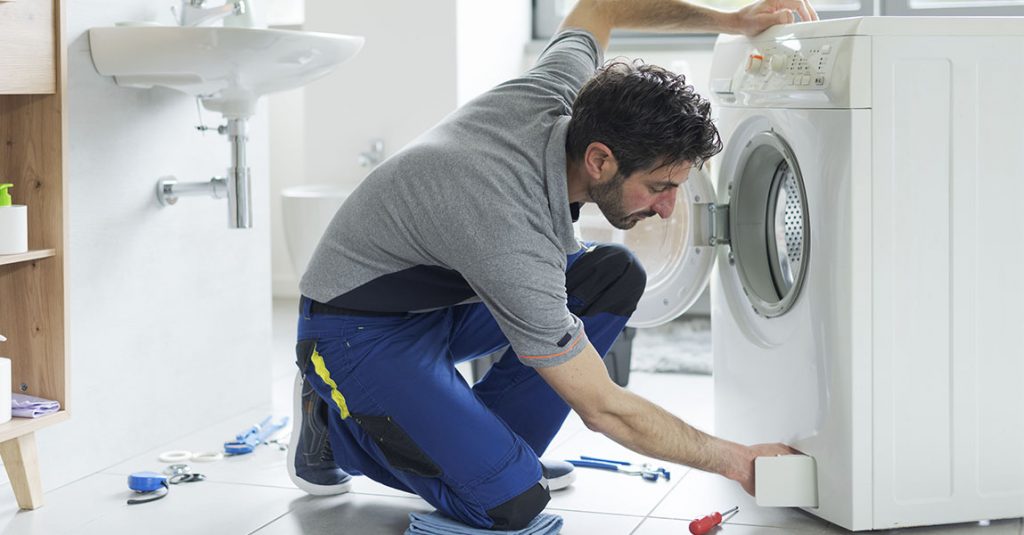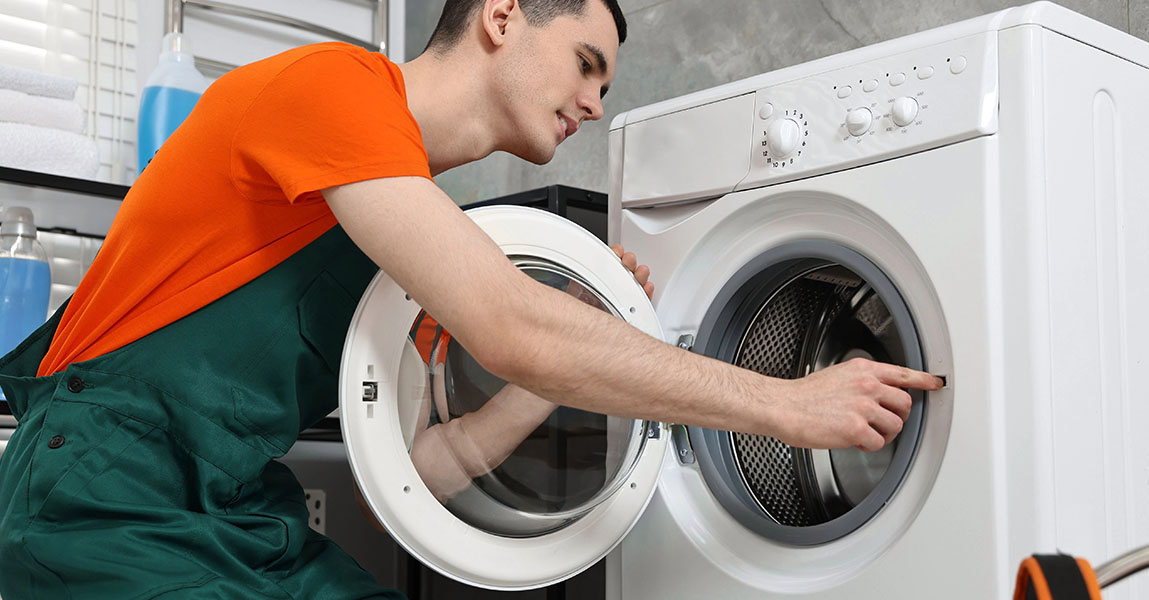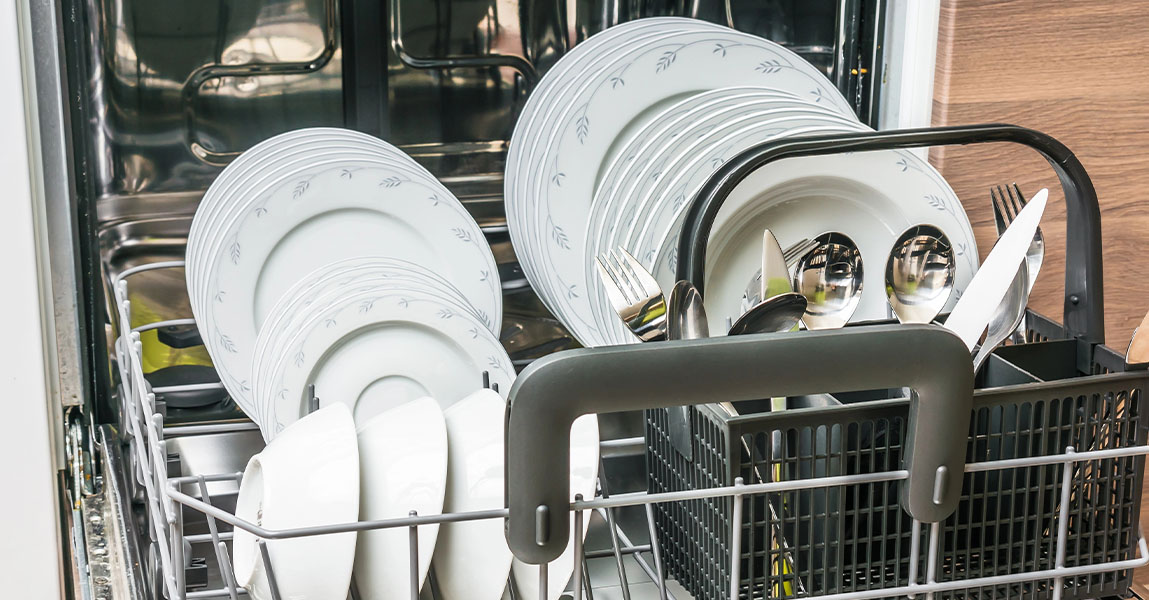Knowing the Right Time to Act
Appliances don’t last forever. They work hard every day, and eventually, things break down. However, that doesn’t always mean it’s time to buy a new one. Sometimes a repair can keep your current machine going for years. Other times, replacement saves you money and headaches in the long run. This guide helps Calgary homeowners decide when to fix and when to let go, based on real-world conditions and practical thinking.
Start With the Age of the Appliance
Age is one of the clearest signs for when to consider replacement. Most appliances have an expected lifespan. That is to say, manufacturers design them to last a certain number of years under normal use. For example, refrigerators usually run well for 10 to 15 years. Washers and dryers tend to last about a decade. Dishwashers are closer to 8 to 12 years.
If your appliance is still in the first half of its life, repair is usually the smart move. However, as it nears the end of its expected service life, things shift. You’ll likely face more frequent breakdowns. Replacement starts to make more financial sense as repair costs add up. Likewise, newer models often bring better efficiency that cuts energy bills, so holding on too long may cost more than you think.
Watch for Signs That Repairs Won’t Stick
Not all breakdowns are equal. Some issues are easy and affordable to fix, like replacing a door latch or a thermostat. In these cases, calling for appliance repair services in Calgary is your best bet. However, there are warning signs that suggest deeper trouble.
If your fridge can’t stay cold even after a motor or compressor repair, it may have sealed system problems that keep returning. Similarly, if your washer leaks from multiple places or shakes violently, it may have internal frame or drum wear that’s hard to correct long term.
Some repairs mask the problem for a short while but don’t restore reliable use. That is why it’s important to track how often issues come up. If you’re calling a technician more than once or twice a year for the same unit, that’s a red flag. Consequently, that appliance might be beyond help even if it’s technically repairable.
Compare Repair Costs to Replacement Value
A practical rule many experts follow is this: if the repair costs more than 50 percent of the price of a new appliance, replacement becomes the better option. This isn’t a hard rule, but it helps put things in perspective. For instance, if fixing a dryer will cost $450 and a comparable new one costs $800, investing in repair might not be wise unless the appliance is still very new.
On the other hand, if you only need a $100 replacement part and your fridge is five years old, repair makes much more sense. Moreover, labor costs in Calgary can vary depending on how complex the fix is. Always ask for a detailed estimate upfront. That way, you can make a clear decision without being surprised by the final bill.
You can also check with local appliance repair services in Calgary for service call rates and any inspection fee that might be credited toward the repair. That small amount of information can save you hundreds over time.
Factor in Energy Efficiency and Monthly Costs
Even if an appliance can be repaired, it might be draining money in other ways. Older units often use far more electricity and water than newer ones. For example, a modern dishwasher uses around 3 gallons of water per load, while older models might use up to 10. That difference adds up quickly.
Similarly, older fridges tend to have weaker insulation and run longer to maintain temperature. In Calgary’s hot summers or during long indoor heating seasons, that inefficiency becomes more expensive. If you notice a spike in your utility bills after using one appliance more heavily, it may be the culprit.
Replacing a unit with an Energy Star certified model may reduce operating costs by 20 percent or more. So, even if the upfront cost is high, the long-term savings might justify it. Above all, think about your budget and utility bills side by side when deciding.
Consider Availability of Parts
Another hidden factor is whether the parts you need are even available. For many older models, manufacturers stop producing replacement parts after 7 to 10 years. That means even if your technician knows exactly how to fix the issue, they may not be able to get what’s needed.
In some cases, only used or refurbished parts exist, which carry extra risk. You might end up paying for labor twice if the part fails again soon after. To clarify, just because a part exists online doesn’t mean it’s a good option. Reputable local technicians often avoid installing low-quality replacements due to warranty concerns.
Before committing to a major repair, ask whether parts are easily sourced. If your technician hesitates or offers generic substitutes, that could indicate it’s time to shop for something new instead.
Think About Safety and Convenience
Beyond dollars and cents, some appliances simply become unsafe or unpredictable. For instance, ovens with faulty temperature controls could pose a fire risk. Likewise, dryers with recurring venting issues might become a fire hazard due to lint buildup or overheating.
If you’ve experienced a near-accident or if the appliance has unpredictable behavior—like shutting off mid-cycle or leaking onto electrical components—it’s best to stop using it entirely. Replacement may not just be the practical choice, but the safe one.
Additionally, think about how much inconvenience a breakdown causes. If your dishwasher breaks and you can handle washing dishes by hand for a while, repair delays may not be a big issue. But if your fridge fails in the middle of summer, every hour without cooling puts your groceries at risk. In urgent situations, even a borderline appliance may need to go.
Understand the Role of Routine Maintenance
Sometimes the line between repair and replacement is created by neglect. For instance, many homeowners don’t clean their dryer vents, leading to early motor failure. Others skip fridge coil cleaning, which puts more strain on the compressor. These small tasks keep your appliances running longer and delay the need for serious repairs.
Regular maintenance is your best defense against expensive failures. That includes replacing water filters, checking seals, and not overloading machines. Even self-cleaning ovens need occasional checks. Likewise, when you do call a repair tech, ask them what preventative steps they recommend.
By keeping a simple maintenance routine, you can extend the useful life of your appliances and reduce the number of times you face the repair-or-replace decision.
When the Problem Is Part of a Bigger Pattern
Sometimes the decision to replace one appliance leads to others. For instance, if your stove fails and your entire kitchen is dated, you might use that moment to upgrade several units. This makes sense when sizes or finishes no longer match or when rebates are available for multi-unit replacements.
Similarly, if your home insurance provider offers a discount for energy-efficient appliances, it might be worth bundling the replacement cost into one planned update. You don’t have to replace everything at once, but it helps to think in sets.
Appliances tend to age in clusters if you moved into a new home years ago. That is why the dishwasher, stove, and fridge may all start showing signs of wear around the same time. Planning ahead can help you budget and avoid emergencies.
FAQ
How long should a refrigerator last in Calgary’s climate?
Most refrigerators in Calgary last between 10 to 15 years. However, cold winters and dry air can sometimes cause older models to wear out faster without proper maintenance.
Is it worth repairing a dryer that makes a burning smell?
Only if the cause is minor, like lint buildup or a worn belt. If the smell comes from inside the motor or wiring, it’s usually safer to replace the unit.
Why do some repairs seem to fix the issue only temporarily?
Short-term fixes often address symptoms rather than root causes. If an appliance has multiple worn parts or underlying wear, one repair may not be enough to restore long-term function.
What are the most expensive appliance repairs?
Compressor repairs for refrigerators, control board replacements, and sealed system issues tend to be the costliest. These often approach half the price of a new appliance.
Can I delay a repair if the appliance still mostly works?
Sometimes, yes. But delaying can lead to more damage. For example, a small leak in a washer might ruin your flooring over time. It’s best to evaluate the risk carefully.





